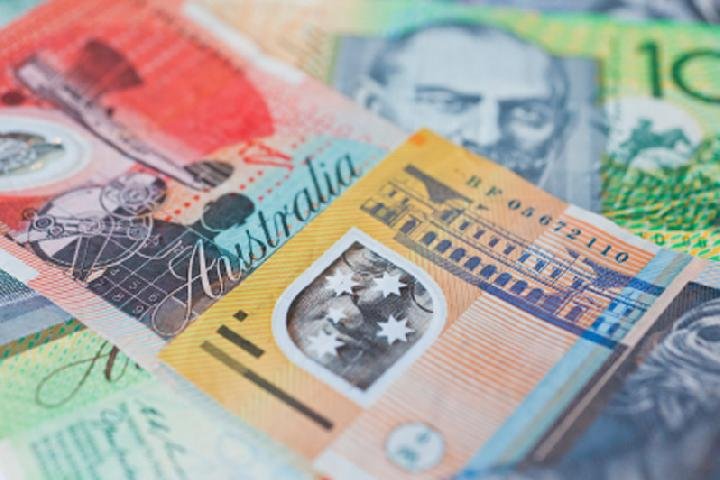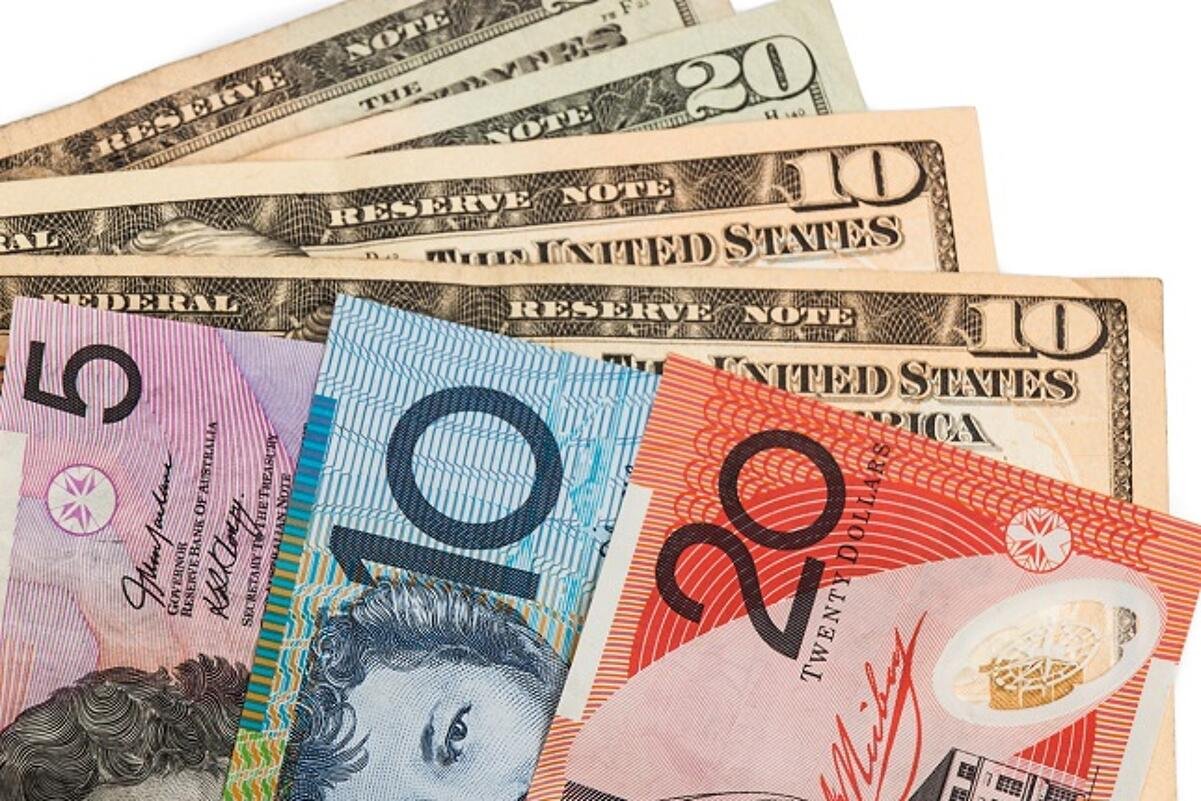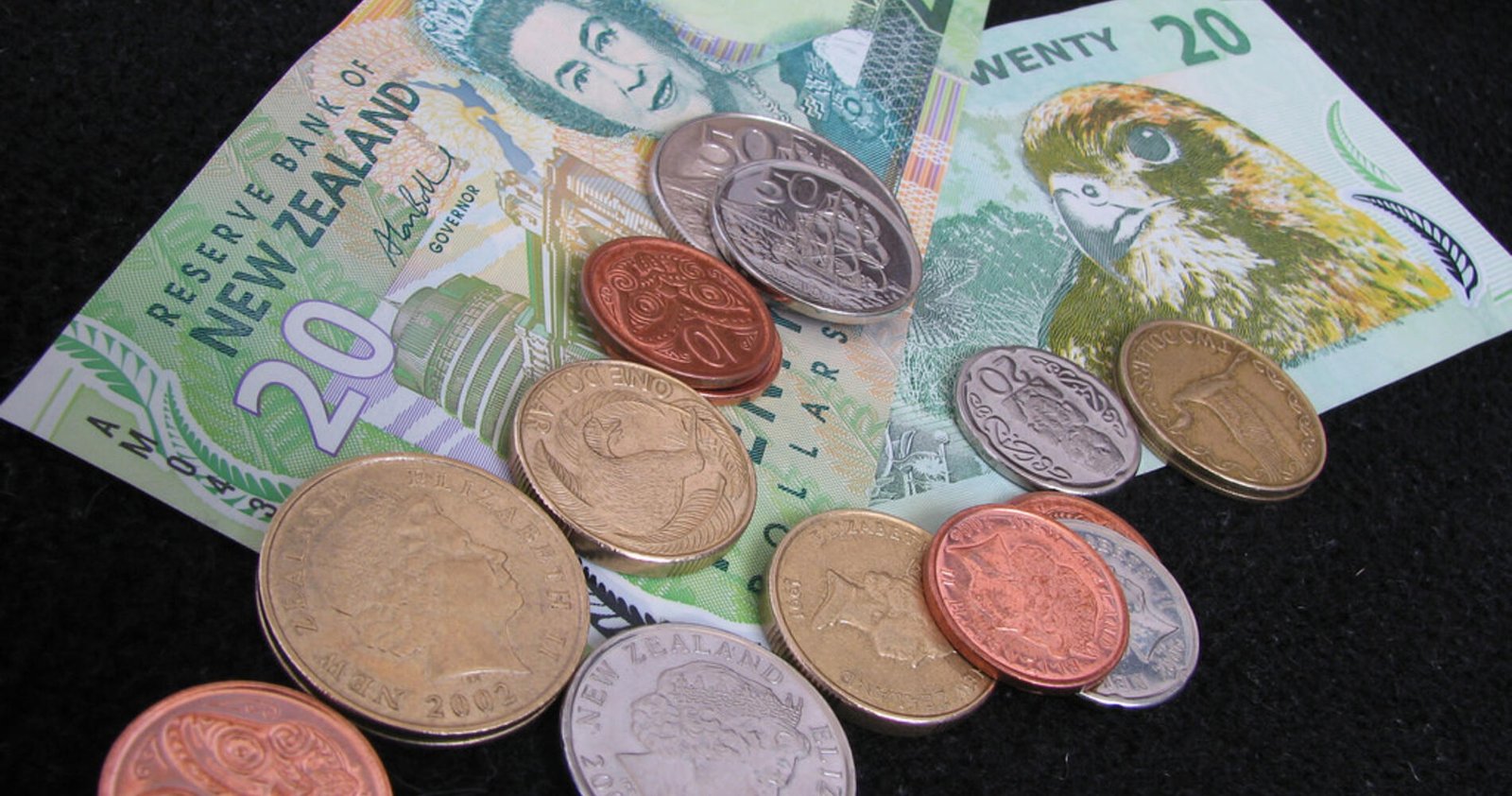USD/CAD Dives to 1.3640 as Trump’s Tariff Action Invites Dollar Weakness Pre-FOMC and Canadian Employment Report
USD/CAD currency pair plummeted to the vicinity of 1.3640 in Tuesday’s European session following a new series of 25% tariffs on imports from 14 nations led by prominent trade allies Japan and South Korea by former U.S. President Donald Trump. This action rekindled global trade tensions and put pressure on the US Dollar, wiping out some of its earlier gains. Market watchers now turn their attention to the next FOMC meeting minutes for cues on the Federal Reserve’s rate position and look forward to Canada’s labor market figures this Friday, which may affect the Bank of Canada’s future policy trajectory under signs of weakening employment conditions. KEY LOOKOUTS • Tariffs of 25% on imports from 14 nations, such as Japan and South Korea, have sparked revived trade tensions, pressuring the US Dollar. • The DXY sells weaker at 97.35 as the Greenback weakens as fears mount over the effect of tariffs on US importers and consumers. • The market looks to Wednesday’s publication of the FOMC meeting minutes for hints at the Fed’s interest rate perspective following its June policy pause. • Market attention is on Friday’s Canadian employment report, which could see rising Canadian unemployment weigh on the BoC’s next rate decision. USD/CAD currency pair fell close to 1.3640 on Tuesday after market sentiment grew cautious due to Donald Trump’s revelation of new 25% tariffs on imports from 14 countries, including Japan and South Korea. The revived trade tensions have triggered a sell-off of the US Dollar, unwinding some of Monday’s gains. While investors are still absorbing the potential economic implications of the tariffs, attention now turns to the upcoming release of FOMC meeting minutes for clues about the Federal Reserve’s policy intentions and Friday’s Canadian employment report, which will help direct expectations about future Bank of Canada action. USD/CAD fell to about 1.3640 following Trump’s imposition of additional tariffs on major trade partners, such as Japan. The US Dollar fell as trade tensions grew, with markets looking forward to FOMC minutes and Canadian employment data for policy signals. • USD/CAD fell to 1.3640 in Tuesday’s European session with renewed trade anxiety. • Donald Trump laid down 25% tariffs on imports from 14 nations, including Japan and South Korea. • The US Dollar Index (DXY) dipped to nearly 97.35 as the Greenback weakened. • Trade tensions returned, with worries over their effects on US consumers and inflation. • FOMC minutes due on Wednesday are awaited by investors to see what interest rate direction the Fed will take. • Friday’s Canadian labor data will indicate increasing unemployment, which could affect BoC policy. • Market sentiment is still guarded, with focus divided between US monetary indicators and Canadian economic news. The news from former U.S. President Donald Trump that there are to be new tariffs of 25% on 14 countries, including top trading partners Japan and South Korea, has reawakened global trade tensions. The surprise action has raised investors’ worries about the wider implications for global trade and inflation. With Washington and Tokyo negotiating constantly, the hasty tariff imposition makes people wonder about the stability of trade ties and possible countermeasures. It also focuses attention on how such policy shifts may affect economic growth and consumer prices in the United States. USD/CAD DAILY PRICE CHART SOURCE: TradingView At the same time, markets are keeping a close eye on the imminent release of key economic indicators that may dictate monetary policy decisions by both the U.S. and Canada. The FOMC minutes release will provide clues on why the Federal Reserve decided to leave interest rates steady for the fourth straight meeting. In Canada, the June labor market report is eagerly anticipated, and expectations are for unemployment to rise slightly. Such events will be important in framing market sentiment and central bank policies in the upcoming weeks. TECHNICAL ANALYSIS USD/CAD pair has fallen back towards the 1.3640 mark, a very important short-term support level. A continued dip below this level would open up the next support around 1.3600, with a bounce potentially getting stopped at the 1.3700 psychological level. Momentum oscillators like the Relative Strength Index (RSI) indicate a faltering bullish inclination, which could lead to consolidation or further bearish pressure. Traders will be monitoring price activity on these important levels, particularly ahead of macroeconomic announcements slated to fuel volatility. FORECAST In the short term, USD/CAD can continue to dip further if trade tensions intensify or if the next Canadian labor market report surprises upwards. A better-than-expected employment report has a high likelihood of sending the Canadian Dollar higher, maybe even causing the pair to dip below the 1.3600 support. Also, any indication from the FOMC minutes that the Federal Reserve will take a more dovish approach in its future decisions can weaken the US Dollar further, creating even more bearishness for the pair. On the positive side, if Canadian employment data turn out weaker or FOMC minutes hint at a more aggressive tone than expected, USD/CAD may get a bid and bounce up to the 1.3700 level of resistance. Ongoing uncertainty in international trade and a possible reversal in investor sentiment in favor of safe-haven assets can also offer some support for the US Dollar, capping downside potential in the near term. Overall, the currency pair is likely to continue being volatile as markets respond to economic indicators and geopolitical events.












